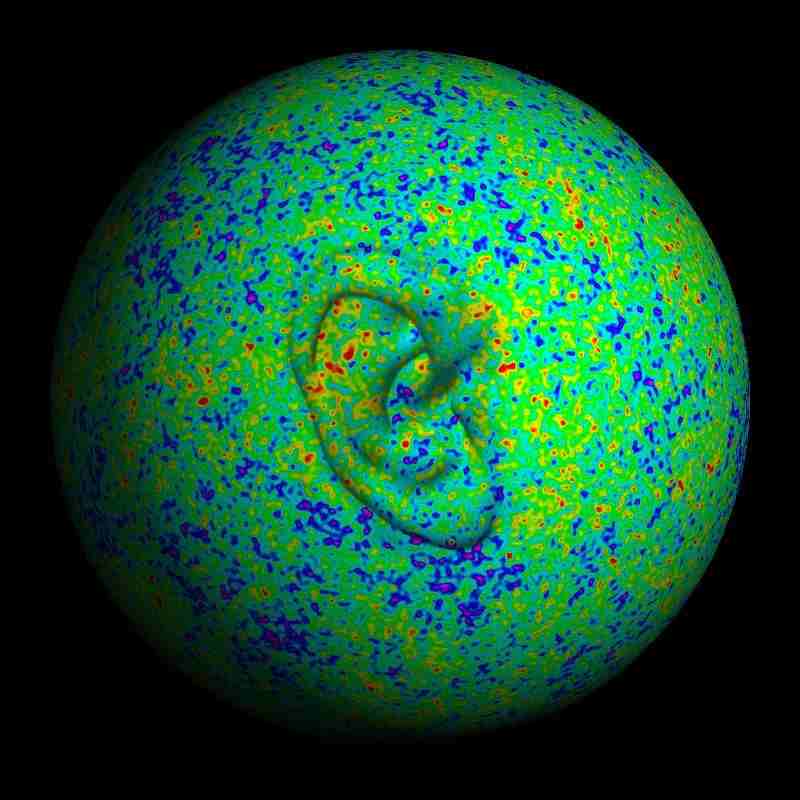

|
Cosmology is in a golden era, with extraordinary advances, both experimental and theoretical, coming every year. The aim of this project is to cast some of the most recent developments in a novel and engaging manner, choosing sound as the primary vehicle. Perhaps, with this experiential access to Nature, the excitement which is almost palpable in the astronomical community, can be felt more widely.
The project has also allowed me, a non-cosmologist astronomer, the opportunity to follow more closely what is, I think, a precious time in the history of science — indeed, in human history. With each passing year, the biography of the Universe is being penned in an ever firmer hand. In fact, since we are of the Universe, it is really an autobiography. Let's now turn the first pages, and read about our birth and first year of life.... |
|
Contacts: email: dmw8f@virginia.edu
homepage: http://www.astro.virginia.edu/~dmw8f
Browsers:: This website is best viewed using Mac's Safari or Firefox. Other browsers may not be ideal, and may not render images properly. Sounds are in .wav format, and movies are in Quicktime's .mov format. They should play directly when you click on the buttons. Acknowledgments: I'm delighted to thank the following for assistance: Joe Wolfe & Alex Tarnopolsky (UNSW) for help with acoustics. Constantinos Skordis (Oxford) for help with CMBFAST & DASh. Charlie Lineweaver (UNSW), Pedro Ferreira (Oxford) & Louise Ord (UNSW), for help with CMB physics. Howard Powell, Mike Tuite, and Shawn Casey (UVa) for help with images, movie making, and web design. Credits: I hope you enjoy these web pages. Please feel free to download and use whatever images/movies/sounds you wish. All I ask is that if you use them in public, please acknowledge their source: "Credit: Mark Whittle, University of Virginia". Thank you! |